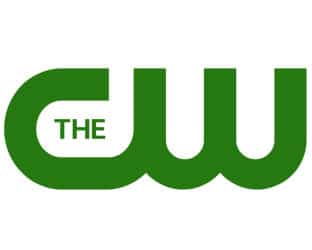The kind of foods and beverages that tend to be the subject of television advertising campaigns are not the kinds of foods and beverages that most doctors would encourage people to eat, according to a new study published in the Journal of the American Dietetic Association.
The study was based on 84 hours of primetime and 12 hours of weekend television watched during 2004.
Foods that are rich in fats, sugars and sodium were highlighted, while items like “…fiber, vitamins A, E, and D, calcium, and potassium” were short-changed.
The article was flagged at medicalnewstoday.com. It printed the recommendations of the studies authors, who offered the following suggestions:
“First, the public should be informed about the nature and extent of the bias in televised food advertisements. Educational efforts should identify the specific nutrients that tend to be oversupplied and undersupplied in advertised foods and should specify the single food items that surpass an entire day’s worth of sugar and fat servings. Second, educational efforts should also provide consumers with skills for distinguishing balanced food selections from imbalanced food selections. For example, interactive websites could be developed that test a participant’s ability to identify imbalanced food selections from a list of options. This type of game-based approach would likely appeal to youth and adults. Third, the public should be directed to established nutritional guidelines and other credible resources for making healthful food choices.”
RBR-TVBR observation: It is possible that voluntary industry guidelines, new government regulation and/or a combination of both will somewhat change the character of food marketing. But it still isn’t going to result in a flood of spinach and carrot commercials. There is only so much social engineering via broadcast that the do-good community can impose on the businesses and citizens of a free society.




